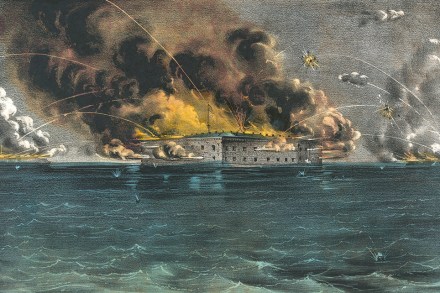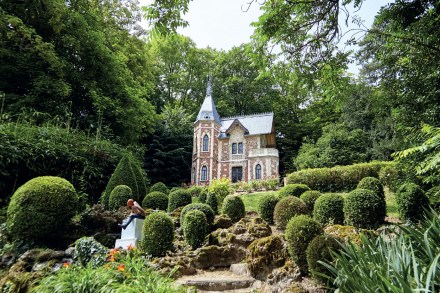Towards Zero: the gruesome countdown to the American Civil War
Some 100,000 books have been written about the American Civil War since it ended in 1865. That’s hardly surprising, given the four-year conflict’s impact on society, and not just because of the immense death toll, which new estimates put as high as 750,000 – more than the losses from all other wars combined. The effusion of blood created a new nation and a new mythology, anchored on the principles of freedom, equality and democracy. There is not much room in this crowded field for Civil War neophytes. Erik Larson knows what he is about, however, in The Demon of Unrest – but do his critics? The mixed reception this book




